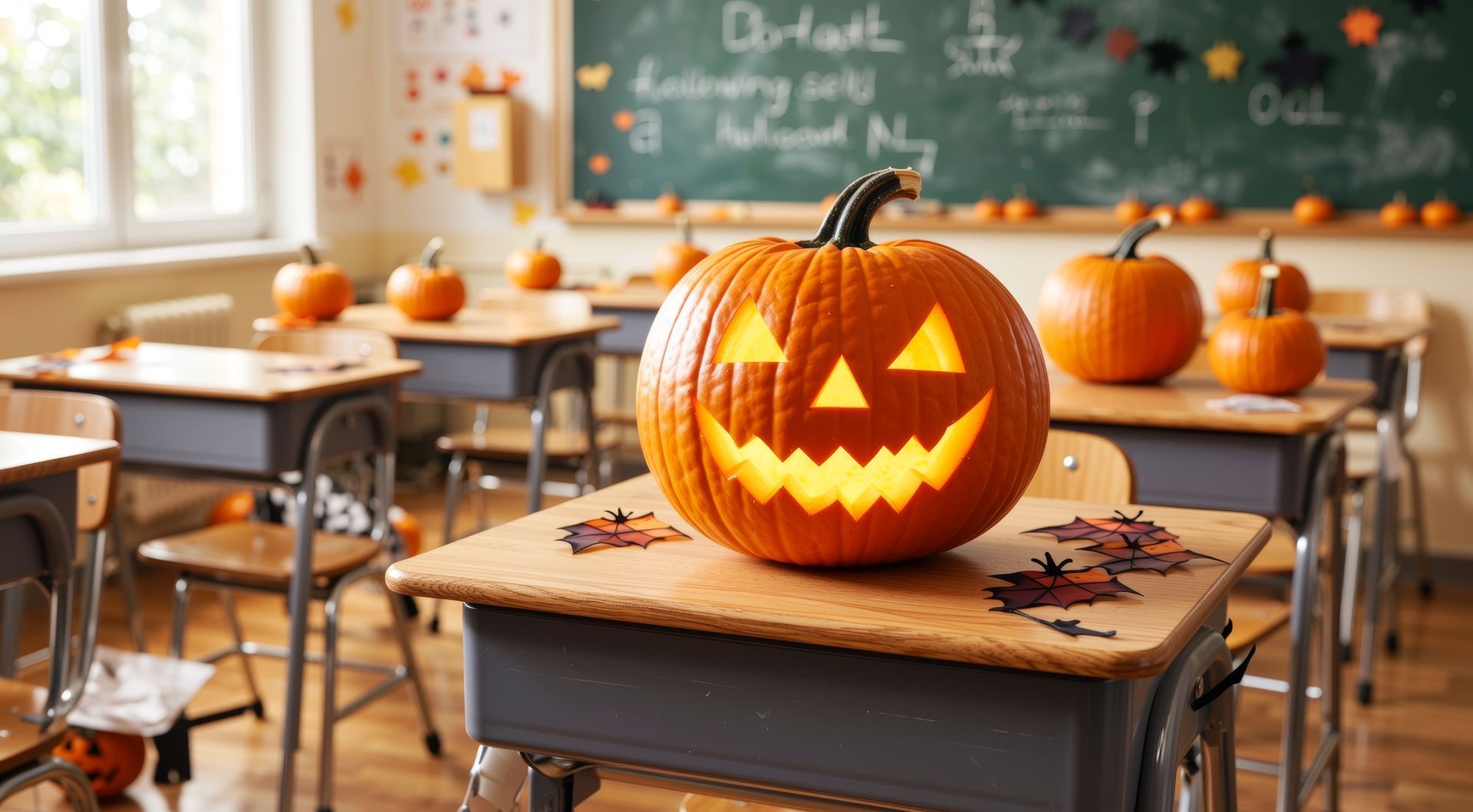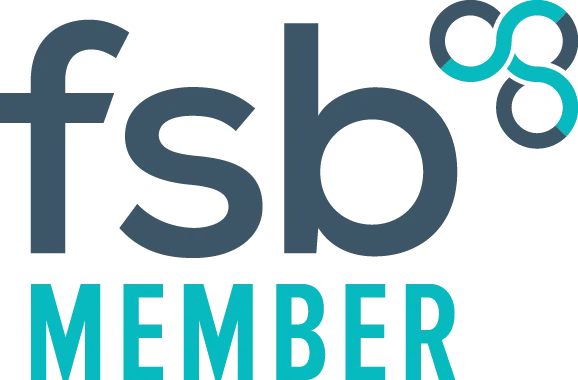Tips for teachers - 5
Visual Storytelling in Education: Using Graphics to Enhance Narrative Skills and Reading Comprehension.

In a world increasingly dominated by visual content, storytelling is no longer confined to the written word. Visual storytelling leverages the power of images to convey ideas, emotions, and concepts in a way that engages students and enhances learning. This is particularly effective in educational settings, where visuals can help students understand complex topics, improve their narrative skills, and strengthen their reading comprehension. This blog post explores how you can integrate visual storytelling into your educational practices.
The Science Behind Visual Learning
Tip: Cognitive Load Theory
Visual storytelling works well because it aligns with how our brains process information. According to Cognitive Load Theory, visual and auditory information are processed separately, allowing for more practical knowledge absorption and retention.
Graphic Novels and Comics
Tip: A Perfect Blend
Graphic novels and comics are excellent mediums for combining text and visuals. They keep students engaged and help them better understand the story's nuances, such as character emotions, settings, and plot progression.
Infographics in Lesson Plans
Tip: Simplifying Complex Topics
Infographics can summarise complicated subjects in a visually engaging manner. Consider using them when teaching topics like historical timelines, scientific processes, or mathematical formulas.
Visual Aids in Storytelling
Tip: Enhance Narrative Skills
You can use wall graphics or digital slides to supplement verbal storytelling sessions. These visual aids can feature key characters, scenes, or important plot points, aiding students in better understanding and recalling the story.
Interactive Story Boards
Tip: Foster Collaboration
Interactive storyboards can be a great classroom activity. Students can work in groups to arrange various visual elements to form a cohesive story. This not only enhances their narrative skills but also fosters teamwork.
Video Storytelling
Tip: Multimedia Experience
Incorporate short videos or animations to bring stories to life. They can serve as a supplement to reading activities, helping students better visualise and comprehend the material.
Reading Comprehension Tests
Tip: Use Visual Questions
In addition to traditional text-based questions, include visual questions in reading comprehension tests. For example, show an image illustrating a story event and ask students to explain it or predict what happens next.
Importance of Representation
Tip: Diverse Characters and Settings
Could you ensure the storytelling visuals reflect diverse characters and settings? This fosters an inclusive environment and allows for a broader interpretation of narratives.
Practical Applications
Tip: Real-World Context
Visual storytelling can put educational topics in real-world contexts, making abstract concepts relatable and easier to understand. For example, a graphical representation of a cell can be compared to a factory, helping students visualise its functions.
Conclusion
Visual storytelling is not just an educational trend but a pedagogical tool with proven efficacy. It taps into our innate ability to understand and interpret visual information, enriching the educational experience. As educators, embracing this methodology can significantly impact how students engage with content, understand narratives, and, ultimately, how they learn.











